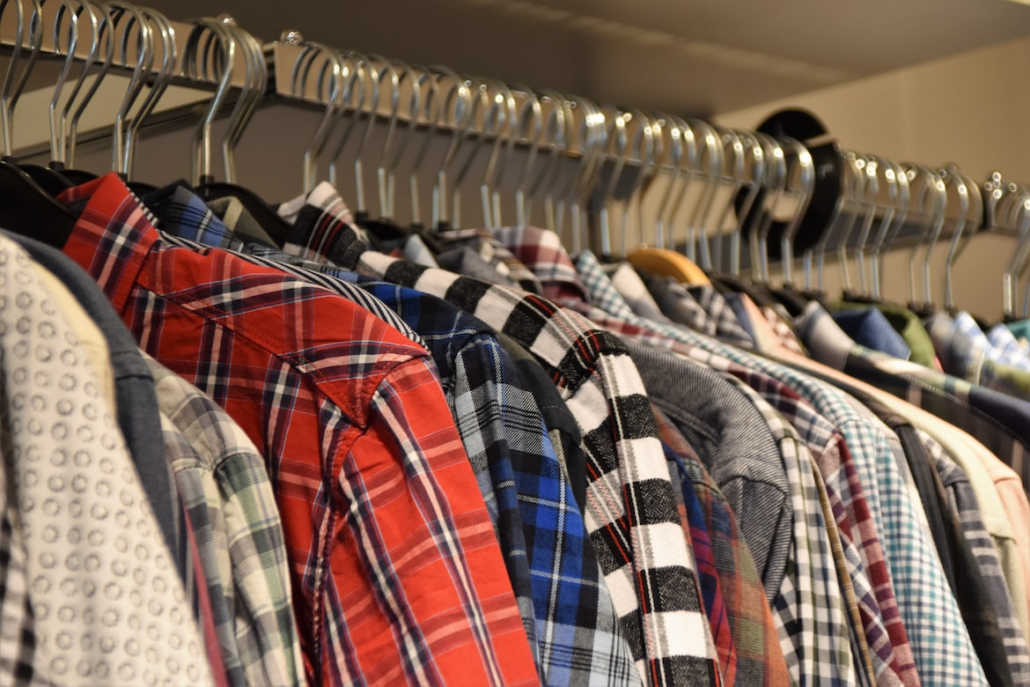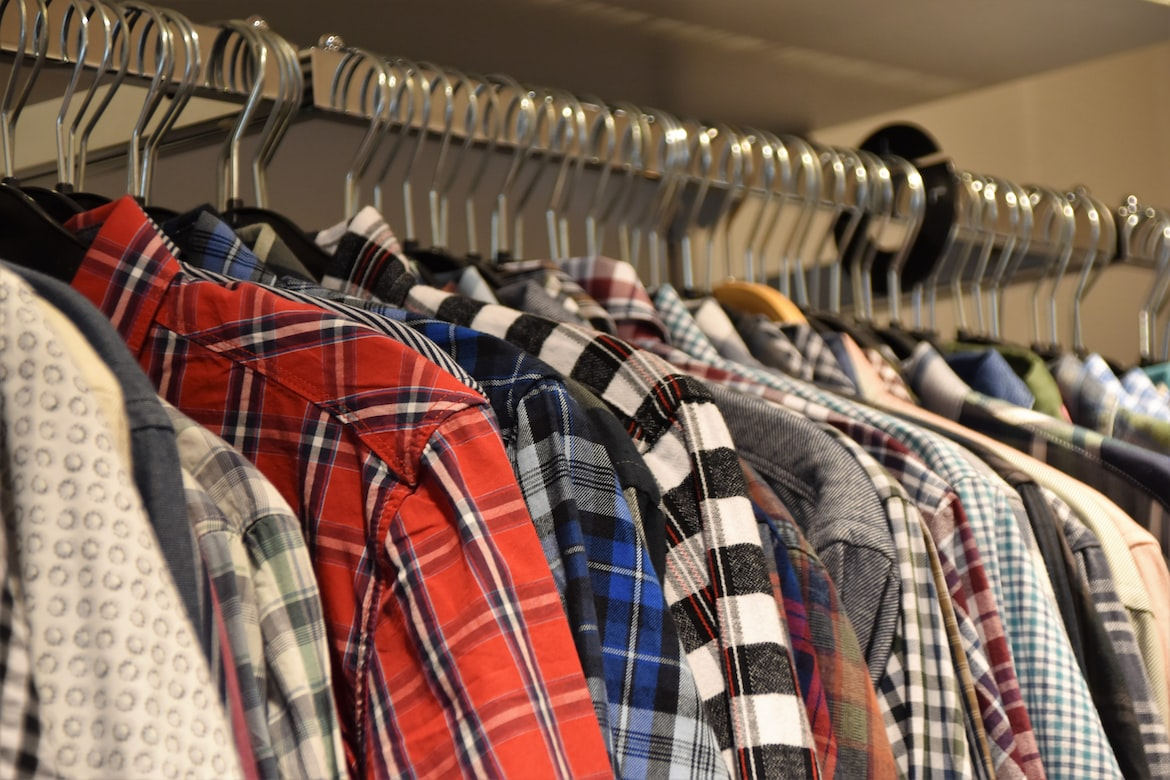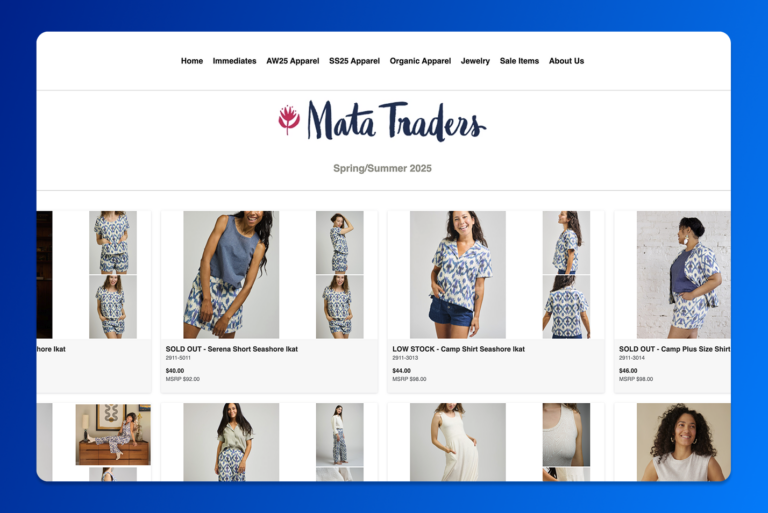
Outsourcing clothing manufacturing processes is probably the secret weapon of countless fashion entrepreneurs who have succeeded in growing their businesses while preserving their creative spark.
This is not something the fashion industry is a stranger to. And with mounting inflation challenges, it’s not a big surprise why more and more apparel businesses outsource their production to a third party. As a matter of fact, the USA outsources 97% of its clothing to foreign countries. While some might view outsourcing through cautious eyes, time has shown that outsourcing does not mean a drop in quality but rather a more feasible way to operate in an unforgiving industry.
We’ll discuss outsourcing pros and cons in the apparel industry with a specific focus on the benefits small businesses like yours can enjoy, so you can decide whether to take the leap or not.
We’ll also probe into some challenges you might face; after all, we all know that it’s not all sunshine and rainbows, and we will also share how to overcome these hurdles to truly thrive in this cut-throat industry.
How do you Outsource Manufacturing in the Clothing Industry?
In fashion, outsourced manufacturing typically involves contracting third-party manufacturers, commonly known as garment factories or textile mills to create the final product.
This process entails sharing design specifications, special materials you use, and production requirements with your chosen partner, who is responsible for turning your designs into reality.
To demystify the whole process, it’s worth mentioning that even if you are not producing your fashion output in-house, working with the right partner won’t result in you losing your brand’s identity. Your clothes will still have the soul of your brand, and fashionistas worldwide will love and adore them, but the best thing about it all is that the entire process will not financially burden your business as it normally would if you were producing them in-house.
The Pros of Outsourcing Manufacturing for Small Businesses
Now, we’ve established that outsourcing will allow you to operate as usual, but you can do it for a fraction of your budget. Let’s explore some of the most significant pros of outsourcing.
Cost Savings
Substantial cost savings in a time of economic instability is music to the ears of every fashion business owner. You can save on labor expenses by shifting product development to areas with lower labor costs, and on top of that, working with established manufacturers can help to reduce material costs since manufacturers often have access to better prices due to bulk purchasing.
Still, you have to look into each facet of the operation. Even if the garment factory produces valuable fashion pieces at a fair price, high shipping costs can be a huge deal breaker.
Moreover, outsourcing can also help reduce infrastructure and operational costs. Instead of investing in the latest production equipment or maintaining a large workspace, businesses can rely on a third-party manufacturer with the necessary resources.
Improved Efficiency and Productivity
The biggest advantage of outsourcing fashion manufacturing is probably the ability to capitalize on the expertise and experience of skilled manufacturers that have a knack for creating scintillating fashion pieces. These professionals can help identify production bottlenecks, streamline processes, and ensure products are made to the highest possible standards. This results in improved efficiency, faster production times, and a higher-quality end product.
Increased Flexibility
By operating this way, you enable your business to be more agile, especially when responding to market trends and fluctuations in demand. Working with a third-party manufacturer allows you to scale production up or down as needed, saving you time and resources in the long run.
This increased flexibility can give your small business a crucial advantage over competitors that may struggle to adapt quickly.
Reduced Risk
Lastly, outsourcing can help reduce the risks of owning and operating a manufacturing facility. This includes potential fluctuations in raw material costs, supply chain disruptions, and regulatory compliance issues. By partnering with a reputable manufacturer, you can share these risks and better navigate them while also capitalizing on the expertise of your manufacturing partner.

The Cons of Outsourcing Manufacturing for Small Businesses
While outsourcing clothing manufacturing can undoubtedly offer financial benefits to small businesses, there are certain drawbacks that you absolutely have to pay attention to.
Quality Control Challenges
One key issue with outsourcing manufacturing is the potential for quality control problems, as manufacturing may not be directly supervised. Ensuring strict quality standards and communicating with overseas suppliers is essential to preventing these issues.
Intellectual Property Risks
Another considerable risk is the theft of intellectual property. Some of your designs may be stolen or replicated without authorization, damaging your reputation. To mitigate this, impose strict non-disclosure agreements with overseas manufacturers and carefully monitor potential knockoffs.
Dependence on Third-Party Manufacturers
Outsourcing also introduces dependence on third-party manufacturers, who may not have your small business’s best interests at heart. This can result in delays, a negative impact on brand reputation, and a loss of control over production processes.
Ethical Concerns
Many countries where outsourced manufacturing takes place have lax labor and environmental regulations. By outsourcing to these locations, you may inadvertently contribute to unethical practices. To avoid this, scrutinize the supply chain closely and work with factories with fair labor and sustainability certifications.
So, is outsourcing manufacturing the right decision for your small fashion business? The answer largely depends on your current situation and business needs and whether you are confident that you can set up a solid network and rely on manufacturers to fulfill their orders consistently.
Outsourcing can pay dividends in the long run if you can find the right partner and ensure that both parties are satisfied with the business arrangement.
Best Practices For Outsourcing Manufacturing
We have established it’s not a walk in the park to set up effective relationships with third-party manufacturers. However, apparel industry veterans have developed software solutions that will simply make your life much easier, despite this being one of the most complex sectors.
Apparel manufacturing entails intricate supply chain management with diverse suppliers, manufacturers, and contractors, presenting visibility, control, and automation challenges. However, an ERP solution can revolutionize outsourcing, infusing efficiency and efficacy into the process and fueling a burst of productivity.
1. Supplier management
With a centralized database, an ERP solution empowers apparel companies to effectively manage suppliers, assess their capabilities, and evaluate performance. It streamlines supplier evaluation, contract negotiation, and performance tracking, capturing vital metrics like delivery time, quality, and production costs, in a perplexing web of data.
2. Purchase order management
The creation, approval, and management of purchase orders for outsourcing apparel production are seamlessly streamlined by an ERP system. By automating purchase order generation based on demand forecasts, managing approvals and revisions, and tracking order status in real time, the ERP solution ensures timely and accurate communication with outsourcing partners, reducing the uncertainty and ambiguity associated with outsourcing.
3. Production tracking and monitoring
ERP software provides unparalleled visibility into the progress of outsourced production orders, unraveling the mysteries of production status, inventory levels, and quality control. By offering real-time insights, apparel companies can promptly address any bottlenecks or issues, keeping the production process on track and minimizing delays.
Choosing the Right Partner
Several key factors to consider when outsourcing clothing manufacturing include location, cost, quality, communication methods, and delivery times. Firstly, you need to determine the location of your outsourcing partner. Most United States or Europe-based companies outsource to Asian countries which have considerably lower labor costs, such as Vietnam or Bangladesh. And lately, it’s not uncommon for apparel businesses based in the US to outsource their manufacturing process in Mexico, as the adjacency between the two countries allows for fast and cheap shipping.
However, remember that working with offshore partners can sometimes lead to communication difficulties and longer shipping times. And since communication plays a significant role in outsourcing, it’s imperative to choose a partner with whom you can communicate without a hitch.
In addition to that, conducting site visits can also help you gauge the quality of your potential outsourcing partner’s work, and you can also ensure that the working condition is safe and conducive in that particular garment factory. Sustainability and care for human labor are not merely fleeting trends but essential priorities for ethical and responsible business practices. And as a responsible business owner, it is imperative to ensure that your potential outsourcing partner’s working conditions align with these principles.
Bottom Line
Outsourcing clothing manufacturing in the apparel industry can offer significant advantages for small businesses, but it also comes with potential challenges that need to be carefully considered and addressed.
By carefully considering the pros and cons of outsourcing manufacturing, you can decide whether this method of operating is right for you at this particular time for your business. If the answer is yes, consult the tips we discussed above and ensure that you are navigating this business with data and knowledge at your side.







